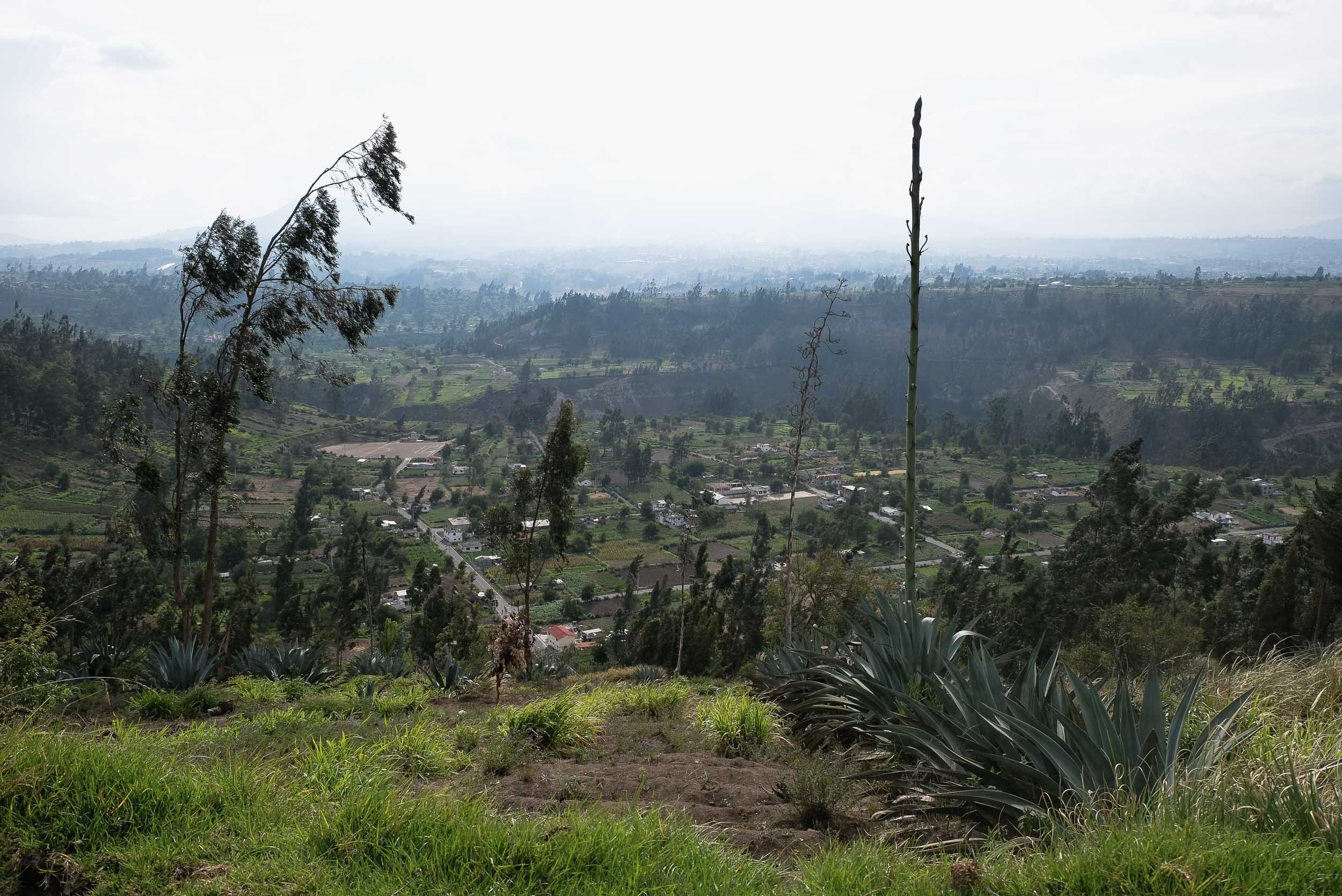
TAPIZ
Tapestry from the mountains of Ecuador
Hidden within the Andes in the province of Tungurahua, is the small town of Salasaca. A culturally distinct group of Kichwa speaking people famous for its exquisite tapestries. A much-discussed theory is that the Salasaca settled in the area during the fifteenth century, after the forceful resettlement employed by the Incas called the Mitma policy. Their origin can be traced back to Bolivia with strong similarities in names, traditions and language.
The communities scattered around the Salasaca territory have established an economy based on agriculture, livestock and craftsmanship. Most households have a European looking loom that was introduced to the locals during colonial times, replacing the more traditional back strap loom. However long and narrow belts worn by both men and women are still woven on backstrap looms using ancestral patterns and processes.
In Wasalata, a small settlement right next to the river Pachanlica, we were hosted by Jose Ignasio Caisabanda. A tapestry weaver and a skillful carpenter specialising in wooden constructions. Jose started weaving as a child learning the craft from his father who travelled to Quito as a young apprentice. He explained that tapestry making is relatively a new art form for the Salasacas. Handwoven textiles like the poncho, woven in honour of the condor are more representative pieces of their culture as well as the traditional felted white hat, worn in admiration of the moon. The women of salasaca can be seen going about their business while hand spinning wool which is exclusively used for weaving ponchos and traditional clothing.
Salasaca tapestries are woven with sheep’s wool, occasionally mixing it with synthetic fibers for vibrant colours and for durability. Traditionally the wool was dyed using natural pigments which is a rare practice today. The designs vary from traditional iconography to modern depictions of everyday life.
There is no sketching or preparation of the design prior to weaving as the entire process is decided mentally and executed from experience. The designs are woven upside down working in a reverse order which demonstrates the level of craftsmanship.
There are approximately 12 000 Salasaca living within the area who have manged to preserve a strong identity. Their culture and traditions distinct them from other ethnicities of Ecuador with music being a symbolic expression, celebrating their survival and connection to Pachamama – Mother Earth.







